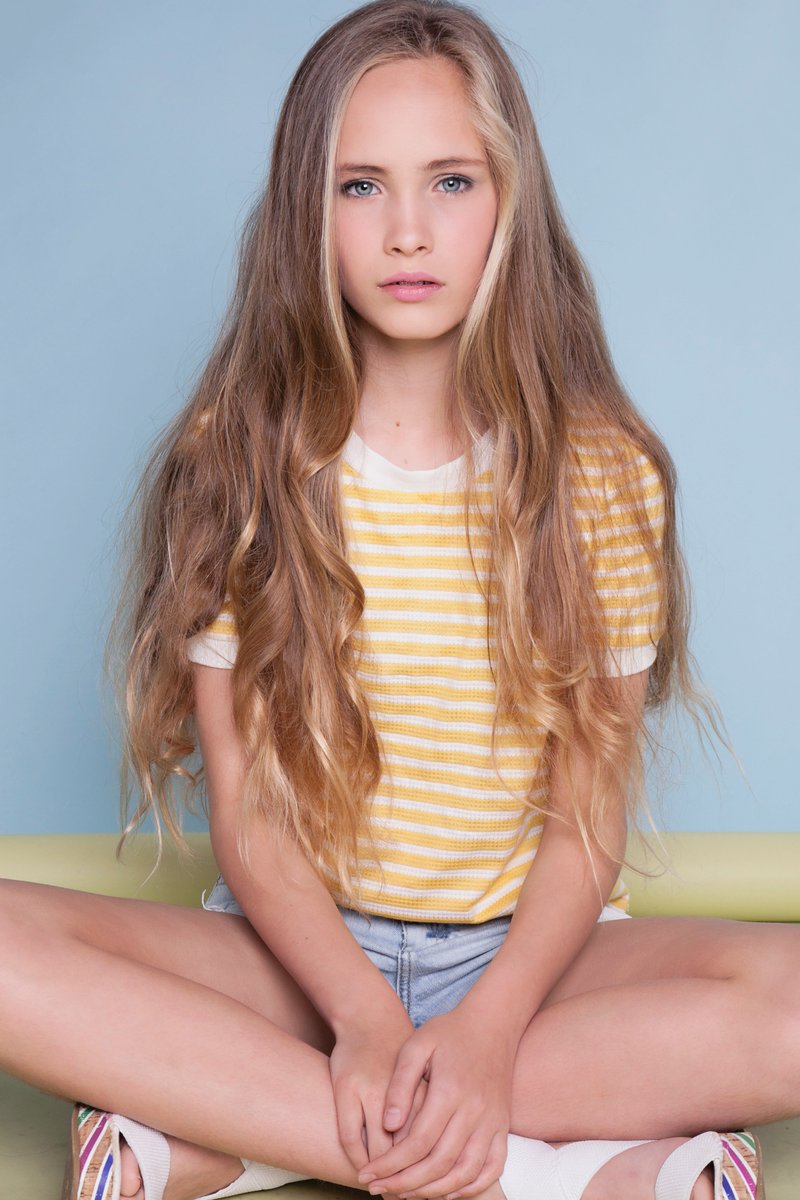

Though previous work on depiction has not recognized the distinctive role played by target, I will argue that it is essential in order to make sense of accuracy judgements across a range of central cases. I call this the Three-Part Model because it distinguishes between the triad of factors, singular content, attributive content, and target, which together determine pictorial accuracy. For a picture to be accurate, both aspects must be matched in the target.

In addition, the model follows the traditional division of content into two aspects: singular content specifies the particular individuals which a picture is of, and attributive content specifies the properties and relations which the picture ascribes to those individuals. Such a picture is accurate when the content it expresses fits the target scene it aims at. Focusing on cases where pictures are intended to convey accurate information, the model distinguishes between two fundamental representational relations: on one hand, a picture expresses a content on the other, it aims at a target scene. This essay argues for a model of pictorial representation which aims to explain the relationship between pictorial content and pictorial accuracy.
#Pictorial model series#
Through close examination of a series of cases, I argue that each component of this model is essential in order to make sense of pictorial accuracy across a range of cases. I call this the Three-Part Model, because it distinguishes between a triad of factors- singular content, attributive content, and target- which together determine pictorial accuracy.

In addition, content is thought to divide into two aspects: singular content specifies the particular individuals which a picture is of, and attributive content specifies the properties and relations which the picture ascribes to those individuals. Focusing on cases where pictures are intended to convey accurate information, the theory distinguishes between two fundamental representational relations: on one hand, a picture expresses a content on the other, it aims at a target scene. This paper argues for a theory of pictorial accuracy, with attention to the relationship between accuracy and pictorial content. The concurrent pictorial choice measure is a sensitive index of the relative value of alcohol, and provides an accessible experimental model to study negative mood-induced relapse mechanisms in hazardous drinkers.Truth, or accuracy, is widely thought to be the centerpiece of any formal theory of meaning, at least in the study of language. The negative mood-induced increase in alcohol choice was not related to gender, alcohol dependence, drinking to cope, or depression symptoms (ps ≥. 280), and matched baseline following positive mood (p =.

Alcohol choice was increased by negative mood over baseline (p <. 003, drinking coping motives (in two questionnaires, r =. Baseline alcohol choice correlated with alcohol dependence severity, r =. Negative and positive mood was then induced in succession by means of self-referential affective statements and music, and percent alcohol choice was measured after each induction in the same way as baseline. Baseline alcohol-seeking was measured by percent choice to enlarge alcohol- versus food-related thumbnail images in two alternative forced-choice trials. Forty-eight hazardous drinkers (scoring ≥7 on the Alcohol Use Disorders Inventory) recruited from the community completed measures of alcohol dependence, depression, and drinking coping motives. This study tested whether a novel concurrent pictorial choice procedure, inspired by animal self-administration models, is sensitive to the motivational effect of negative mood induction on alcohol-seeking in hazardous drinkers.


 0 kommentar(er)
0 kommentar(er)
